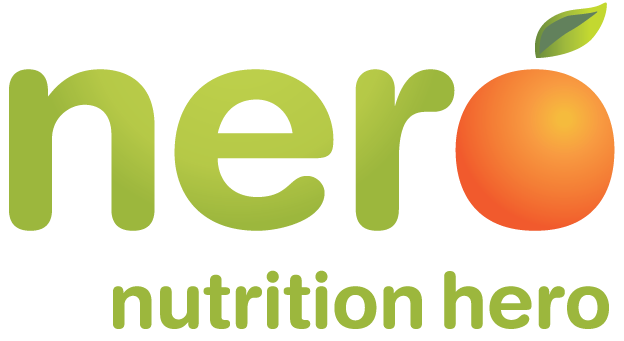Ever in a rush to get your grocery shopping done? Confused on where to look when reading food labels? And just generally confused on what you should or should not be purchasing? Don’t worry you’re not the only one!
it comes to reading food labels it can become tricky and confusing. Especially when it comes to being in a rush! However, a few quick tips can make your shopping time quicker and a whole lot easie.
Firstly, it’s fundamental to understand the basics of nutrition, so avoiding foods with added sugars, high levels of saturated fats, preservatives and artificial sugars! Secondly, for those who may have allergies it is a requirement that packaged foods include information on their labels distinguishing those foods, furthermore, listings of food additives and storage instructions.
One of the most important tips when deciding whether a food is healthy or not is the ingredient list! All food in a product must be listed in order, meaning from largest to smallest in weight. When looking at an ingredient list the best way to know whether it is healthy or not is if you can make that same product yourself at home. In other words, by looking at the ingredients you should be able to know every ingredient and it should be like following a recipe. For example if you were to see high-fructose corn syrup (HFCS), BHA, BHT and not know what they are, they are more than likely not good for you! As if you may not already know, BHA and BHT are preservatives that affect the neurological system in your brain, altering behaviour and have the potential to cause cancer! Ultimately, these are reasons why it is so important to look at the ingredients listed and understand food labels!
If you want to lose weight the key tips to looking at food labels are to avoid discretionary foods, as they provide few nutrients but plenty of kilojoules. Discretionary foods are foods that don’t fit into the five food groups because they are not necessary for a healthy diet and are too high in added fats or sugars. Discretionary foods include; sweet biscuits, cakes, pastries, processed meats, ice cream, chocolate and more. Thus, when looking at a nutrition information panel look to see how many kilojoules are listed. The Australia healthy food guide outlines that the amount of kilojoules (KJ) you need to consume each day differ depending on individual factors such as age, gender, height, weight, and physical activity levels. However, the recommended dietary intake (RDI) for an average adult is 8700KJ. So if you wanted to lose weight you would consume under this amount of kilojoules, however, it is extremely important that this RDI differs to every individual. Figuring out your recommended KJ intake can be determined by a basal metabolic rate (BMR) calculator. This will simply figure out the amount of KJ recommended to keep your body alive and ticking over. For those who are unaware of what kilojoules (KJ) are, they are purely the measurement of energy that Australia uses.
So overall if you want to know whether a packaged food is healthy or not, merely look at the ingredient list. As one of the most common mistakes individuals make are they only look at the amount of protein, carbs and fat in the product and simply by passing the ingredients list. Although it is important to some individuals to look at the macro and micro nutrients on food labels, that should not ultimately make your food decision. As the ingredients listed on the product are merely just as important, if not more, as mentioned before we don’t want to be consuming food products that contain added sugars, high levels of saturated fats, preservatives and artificial sugars









